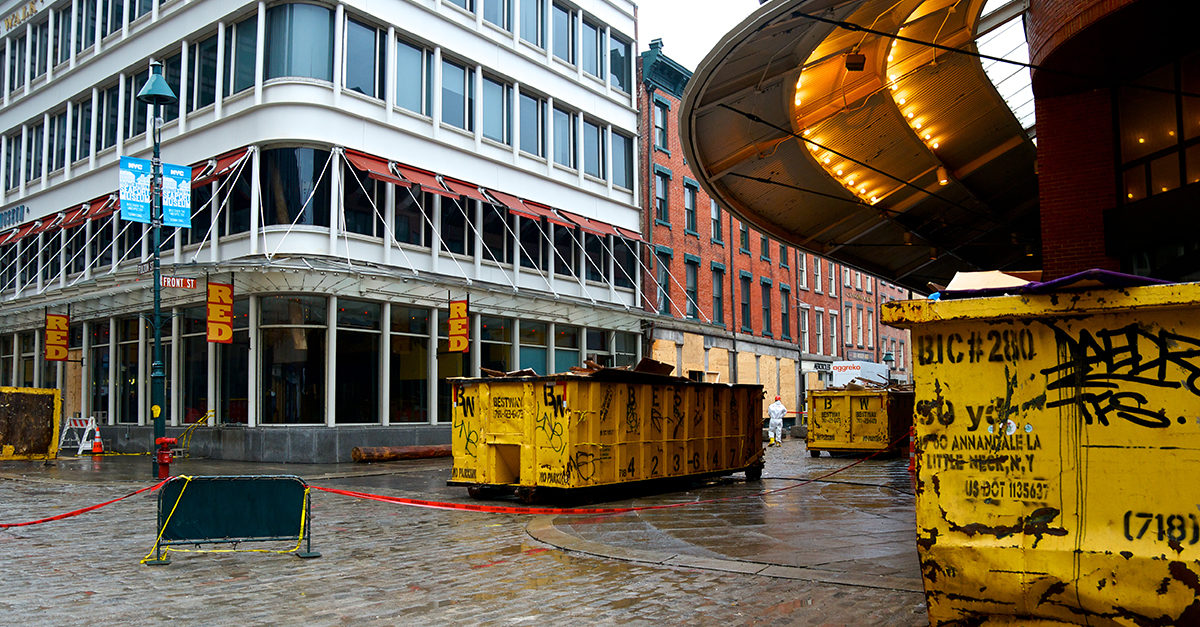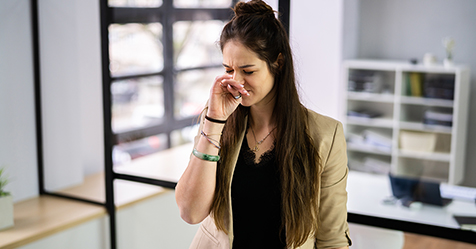If your home or business was in the path of a hurricane, the damage left behind by the wind and water may seem impossible to repair. Getting back to normal will take time and effort, but with the proper cleaning supplies, you can do it.
The first step is to be ready for the impact of seeing the devastation from the storm. Keep in mind that if you are in an area that has suffered severe damage, it is important that you heed the advice of local authorities regarding when it is safe to enter your property and begin the cleanup process. If your property has been cleared for entry, here are some post hurricane cleaning tips to get you through the initial process:
Video or Photograph the Damage
Regardless of how minor the damages may appear, it is extremely important that you either video or photograph the entire property for possible insurance claims. This should be done before you move any items, including downed trees, and before you begin cleaning. If there is a significant amount of damage, remember to contact FEMA and your insurance provider to check for any available benefits.
Remove the Water
Before you begin any actual cleaning, it is essential that you extract the water using a carpet extractor or a wet vacuum. Place towels to soak up the water in areas that you couldn’t reach with the vacuum, such as around the baseboards. Make sure to clean any drains that may be covered with debris, such as a floor drains.
Circulate Fresh Air
Turn on the HVAC, open vents, and put fans in each room to keep the air circulating. Directing a fan at the moisture will help to dry it out. Use a dehumidifier to remove the damp air and to speed up the drying process. The sooner everything is dry, the less risk there is for mold, mildew, and permanent damage.
Save Personal Items
Depending on the severity of the damage, books, photographs, and important documents can be frozen and cleaned later. It is important to dry these items slowly. Wipe off as much mud and debris as you can, then store the items in the freezer in a sealed plastic bag to prevent mildew. When you have time to clean them, remove the items from the freezer, allow them to thaw, then either clean the items yourself or take them to a professional who specializes in restoring paper items.
Clean and Disinfectant
Floodwaters are often filled with a wide range of contaminants, from chemicals to sewage, so it is extremely important to scrub the walls, furniture, and floors with hot water and a heavy-duty cleaner. After thoroughly scrubbing, use a disinfectant on every surface. Be sure to wear the proper safety gear, including a mask and gloves.
Remove Wet Drywall
Wallboard/drywall can act like a sponge when it is wet, so if you have drywall you will need to remove and replace the water-soaked sections. It is impossible to completely dry out wallboard; it will become a breeding ground for mold and mildew. The same goes for any water-damaged insulation behind the drywall. Remove all wet drywall, plaster, and paneling to at least the flood level.
Check for Leaks
Thoroughly inspect the exterior and the interior of the building to check for water spots, especially on the ceilings, in the attic, and near chimneys. If you notice any sign of leaks, contact a roofing contractor to assess the damages and to determine if the roof should be replaced.
When tackling the cleanup process after a hurricane, the first thing to keep in mind is your safety. Never attempt to do the work alone. Working with a team will help to ease the physical labor and ensure someone is available to help in an emergency. Make sure everyone is wearing appropriate clothing and protection, such as boots, gloves, long pants, long-sleeved shirts, eye protection, and a mask.




